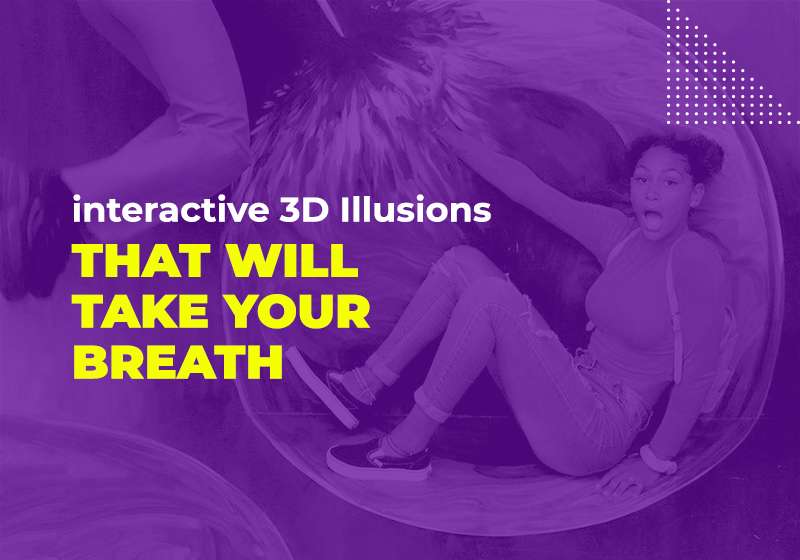
Beneath the restless skies of San Francisco, a small, weathered structure once offered visitors a rare glimpse into the city’s living atmosphere. This was The House of Days, an installation quietly capturing the sky’s evolving moods on Pier 17. Its exterior—a plain, grey box—masked the deeply interesting visual experience housed within, where nature’s daily performance was carefully documented.
Every hour, a camera pointed upward, snapping a photo of the sky and preserving San Francisco’s shifting clouds, fog, and sunlight. Over time, these images were compiled into a fascinating mosaic that chronicled each day’s subtle changes. The installation invited visitors to witness the city’s atmospheric rhythm, offering an interesting opportunity to connect with nature in an urban environment often dominated by towering buildings.
Visitors engaged with this living calendar through an interactive viewing window. With simple controls, they scrolled through the captured days, watching seasons shift and weather patterns dance. This dynamic and interesting interface made each visit unique, reflecting the passage of time through the quiet artistry of the sky. In a city renowned for its vibrant culture, The House of Days offered a refreshingly contemplative escape.
The Structure and Design Behind The House of Days
The structure itself told a second story—one of thoughtful reuse and compelling architecture. Originally a military searchlight building, it stood as a solid remnant of San Francisco’s maritime defense history. Its transformation into an art installation demonstrated how even utilitarian buildings could become interesting spaces for creativity and discovery.
The building’s minimalist design enhanced the visual focus on the sky. Its grey, industrial façade deliberately faded into the background, drawing attention to the brilliant colors and textures above. This purposeful simplicity underscored the interesting contrast between constructed environments and the organic beauty of nature, showing how architecture can frame rather than overshadow art.
Inside, every design detail served the visitor’s experience. The seamless integration of the viewing controls into the structure’s façade encouraged spontaneous interaction. This architectural fluidity turned a simple building into an interactive canvas for the city’s skies, proving how interesting design can amplify even the subtlest artistic concept. The building itself became part of the exhibit—silent, steady, and profoundly effective.
San Francisco’s Immersive Experiences
Just as The House of Days once invited visitors to explore nature’s canvas, San Francisco remains rich with attractions that blend art, science, and interesting visual experiences. Among these is the Museum of 3D Illusions, a vibrant space that offers a very different, yet equally engaging encounter with visual storytelling and immersive art.
The Museum of 3D Illusions presents a series of incredible exhibits where visitors become part of the artwork. Guests can ride a magic carpet above the Golden Gate Bridge, balance precariously on a skyscraper’s edge, or narrowly escape a monstrous shark’s gaping jaws. Each carefully crafted scene creates an interesting opportunity to defy gravity, play with perspective, and fill photo albums with unforgettable moments.
In addition to its illusions, the museum features Smash It!, an interactive space where visitors can decorate and shatter plates, releasing stress through creative destruction. The combination of tactile engagement and carefully designed buildings transforms the museum into more than just a gallery—it becomes an interesting fusion of art, action, and architectural design. This balance of interaction and environment echoes San Francisco’s broader celebration of innovative spaces.
Exploring San Francisco’s Architectural Wonders
San Francisco’s landscape is a living museum of interesting buildings that showcase the city’s innovative spirit. From modern museums to restored historical structures, each location reveals a new facet of the city’s evolving relationship with art and architecture. These spaces invite visitors to explore not only the exhibits they house but the carefully designed structures themselves.
The Exploratorium at Pier 15 stands as a prime example, blending science and art within open, sunlit halls. Its architecture fosters curiosity, with buildings designed to encourage interaction and discovery at every turn. The thoughtful integration of light, space, and exhibits creates an interesting environment where learning feels effortless and immersive.
Historic buildings like the one that once housed The House of Days reflect San Francisco’s dedication to preservation through innovation. Adaptive reuse breathes new life into old structures, transforming them into interesting destinations that honor their past while embracing the future. In this city, architecture is not just a backdrop—it’s an essential part of every interesting experience.
FAQ
Is The House of Days still open to visitors?
No, The House of Days was deinstalled in July 2015. Though the installation is no longer accessible, San Francisco remains home to many interesting attractions that combine art and architecture, including the Museum of 3D Illusions, which offers immersive 3D exhibits and interactive experiences for visitors seeking unique photo opportunities.
What can visitors expect at the Museum of 3D Illusions?
The Museum of 3D Illusions features captivating 3D exhibits where guests can interact with visual art, pose for photos in imaginative settings, and explore creatively designed buildings. Its combination of artistic innovation and interesting architecture provides a dynamic experience for those looking to engage with San Francisco's modern cultural attractions.


